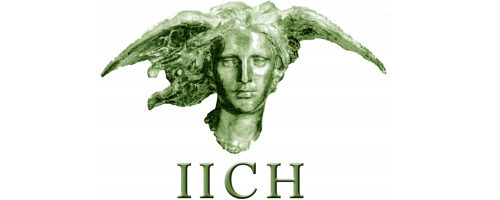Imaging of the living human brain elucidates the neural dynamics of hypnosis; however, few reliable brain patterns emerge across studies.
Here, we methodically assess neuroimaging assays of hypnosis to uncover common neural configurations using a twofold approach. First, we systematically review research on the neural correlates of hypnotic phenomena; then, we meta-analyze these collective data seeking specific
activation and deactivation patterns that typify hypnosis. Anchored around the role of top-down control processes, our comprehensive examination focuses on the involvement of intrinsic brain networks known to support cognitive control and self-referential cognition, including the executive, salience, and default networks. We discuss how these neural dynamics may relate to contemporary theories of hypnosis and show that hypnosis correlates with activation of the lingual gyrus—a brain region involved in higher order visual processing and mental imagery. Our findings help to better understand the neurobiological substrates comprising the appellation hypnosis.
